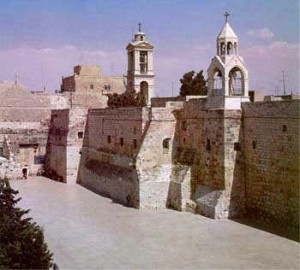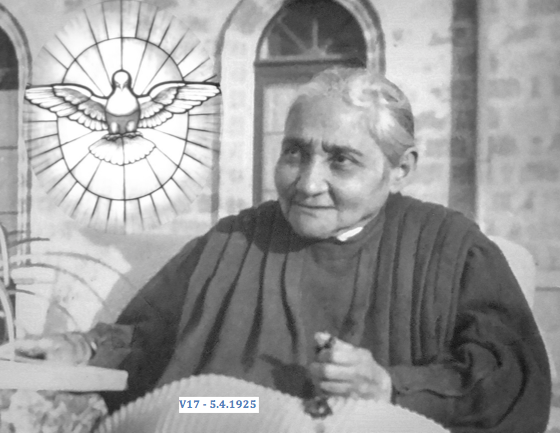
The Basilica of the Nativity in Bethlehem
The Church of the Nativity in Bethlehem is a major Christian holy site, as it marks the traditional place of Christ’s birth. It is also one of the oldest surviving Christian churches. In the Bible The birth of Jesus is narrated in the Gospels of Matthew and Luke. Matthew gives the impression that Mary and Joseph were from Bethlehem and later moved to Nazareth because of Herod’s decree, while Luke indicates that Mary and Joseph were from Nazareth, and Jesus was born in Bethlehem while they were in town for a special census.
Scholars tend to see these two stories as irreconcilable and believe Matthew to be more reliable because of historical problems with Luke’s version. But both accounts agree that Jesus was born in Bethlehem and raised in Nazareth. According to Luke 2:7 (in the traditional translation), Mary “laid him in a manger because there was no room for them in the inn.” But the Greek can also be rendered, “she laid him in a manger because they had no space in the room” — we should perhaps imagine Jesus being born in a quiet back room of an overflowing one-room house. The gospel accounts don’t mention a cave, but less than a century later, both Justin Martyr and the Protoevangelium of James say Jesus was born in a cave. This is reasonable, as many houses in the area are still built in front of a cave. The cave part would have been used for stabling and storage – thus the manger. History The first evidence of a cave in Bethlehem being venerated as Christ’s birthplace is in the writings of Justin Martyr around 160 AD. The tradition is also attested by Origen and Eusebius in the 3rd century. In 326, Constantine and his mother St. Helena commissioned a church to be built over the cave.
This first church, dedicated on May 31, 339, had an octagonal floor plan and was placed directly above the cave. In the center, a 4-meterwide hole surrounded by a railing provided a view of the cave. Portions of the floor mosaic survive from this period. St. Jerome lived and worked in Bethlehem from 384 AD, and he was buried in a cave beneath the Church of the Nativity. The Constantinian church was destroyed by Justinian in 530 AD, who built the much larger church that remains today. The Persians spared it during their invasion in 614 AD because, according to legend, they were impressed by a representation of the Magi — fellow Persians —that decorated the building. This was quoted at a 9th-century synod in Jerusalem to show the utility of religious images. Muslims prevented the application of Hakim’s decree (1009) ordering the destruction of Christian monuments because, since the time of Omar (639), they had been permitted to use the south transept for worship.
The Crusaders took Jerusalem on 6 June 1009. Baldwin I and II were crowned there, and in an impressive display of tolerance the Franks and Byzantines cooperated in fully redecorating the interior (1165-69). A Greek inscription in the north transept records this event. The Church of the Nativity was much neglected in the Mamluk and Ottoman periods, but not destroyed. Much of the church’s marble was looted by the Ottomans and now adorns the Temple Mount in Jerusalem. An earthquake in 1834 and a fire in 1869 destroyed the furnishings of the cave, but the church again survived. In 1847, the theft of the silver star marking the exact site of the Nativity was an ostensible factor in the international crisis over the Holy Places that ultimately led to the Crimean War (1854–56).
In 1852, shared custody of the church was granted to the Roman Catholic, Armenian and Greek Orthodox churches. The Greeks care for the Grotto of the Nativity.
